The Ultimate Guide to Driftwood Colors
POSTED ON JAN 3, 2024 BY JESSIE B.
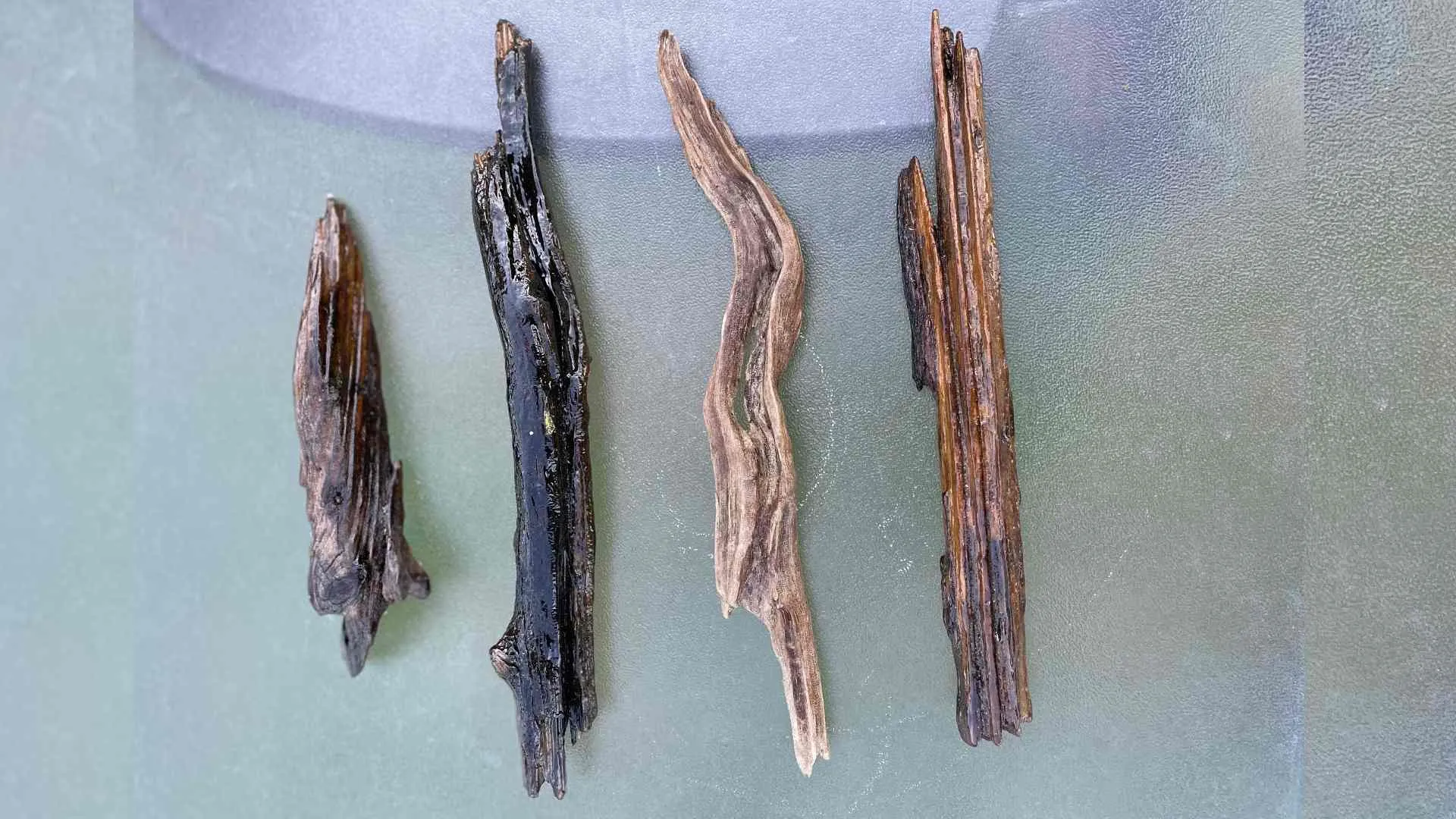
Driftwood, a fascinating gift from nature, is not only appreciated for its unique shapes and textures but also for its captivating colors. In this article, we will explore the various hues that driftwood can exhibit, unraveling the mystery behind what determines its color.
Factors Influencing Driftwood Color
Type of Wood
The species of wood greatly influences the color of driftwood. Hardwoods may exhibit different shades compared to softwoods, adding to the diversity of colors found in driftwood.
Exposure to Elements
Driftwood spends time in the harsh embrace of the elements. Sun, wind, and water play crucial roles in shaping its color palette. Exposure can result in weathering, leading to distinct tones.
Age and Decomposition
As driftwood ages, it undergoes decomposition. This process, influenced by environmental conditions, contributes to changes in color, making each piece a testament to the passage of time.
What Color is Driftwood?
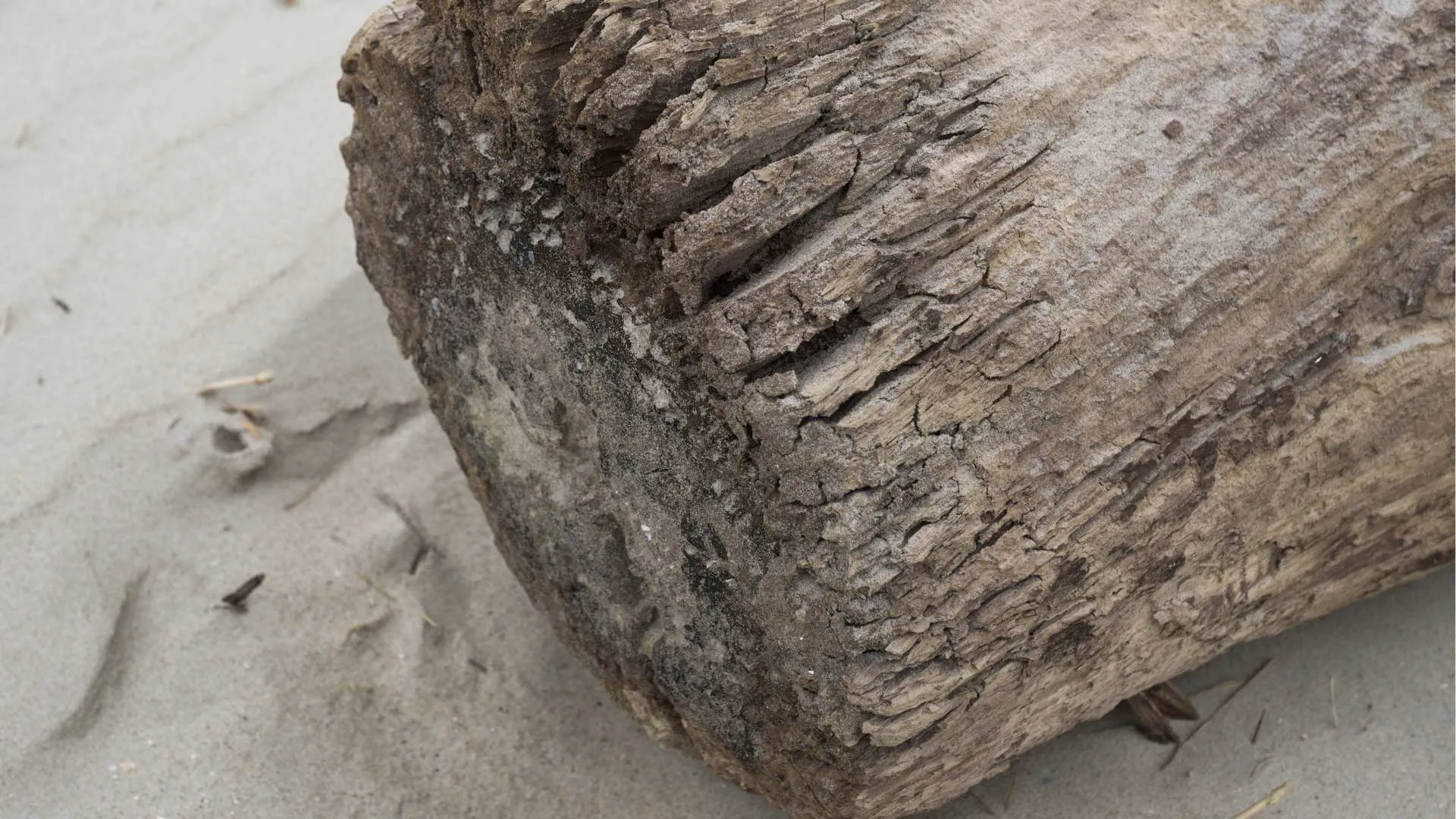
1. Gray and Silver Tones
Many pieces of driftwood showcase classic gray and silver hues. These colors often result from extended exposure to saltwater, giving the wood a weathered and aged appearance.
2. Brown and Tan Hues
The most common colors found in driftwood are various shades of brown and tan. The natural color of the wood, combined with weathering, creates warm and earthy tones.
Weathering Effects
Natural weathering processes, including sun and salt exposure, contribute to the development of unique colors. This weathering effect is a testament to the wood's journey through oceans and rivers.
Uncommon Colors in Driftwood
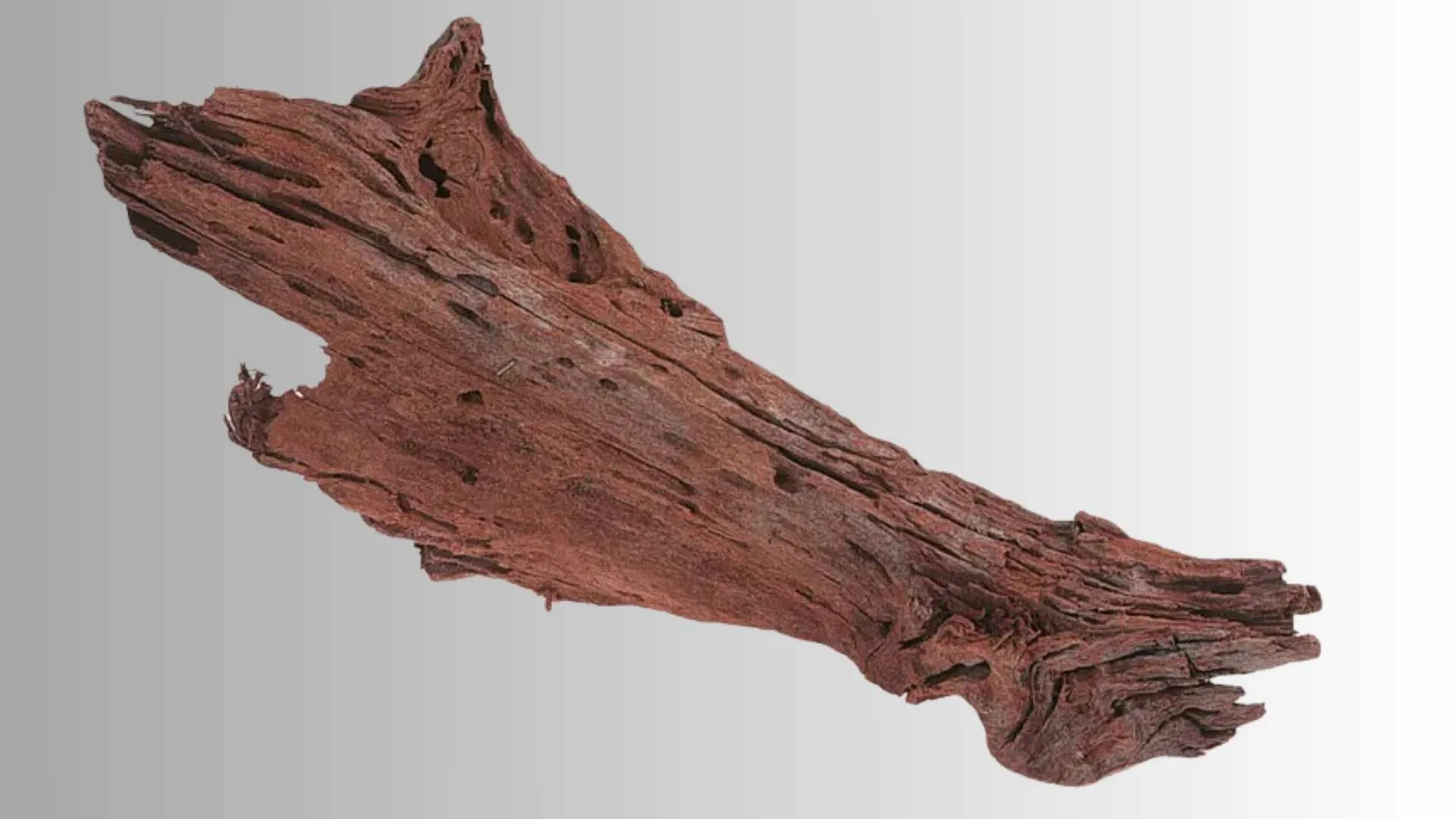
Image: Flamingo
3. Red and Orange Hues
Uncommon but stunning, red and orange hues in driftwood can be caused by the absorption of certain pigments. This type of driftwood creates a striking contrast, making these pieces stand out in artistic creations.
4. Blue and Green Tints
In some instances, driftwood may take on blue and green tints. This phenomenon is often attributed to the presence of minerals or algae, adding a touch of whimsy to the wood's appearance.
Causes of Unusual Colors
Understanding the factors that contribute to unusual colors in driftwood, such as mineral content, exposure to specific environments, and biological elements, adds depth to the appreciation of its diverse hues.
Popular Uses of Driftwood
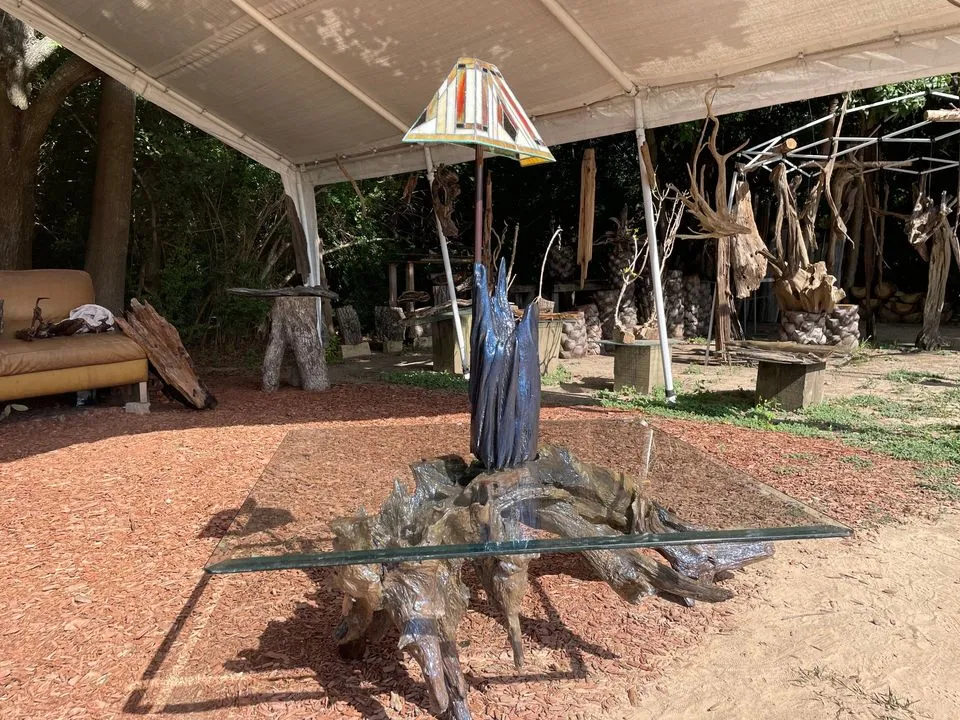
Home Decor
The natural beauty and versatility of driftwood make it a popular choice for home decor. From wall art to furniture, including unique table bases for glass tops, its color variations add rustic charm to living spaces.
Art and Sculptures
Artists and sculptors often use driftwood as a medium to express creativity. The varying colors become integral to the overall aesthetic, contributing to the uniqueness of each piece.
Aquariums and Landscaping
In aquariums and landscaping, driftwood provides a natural and organic element. The colors enhance aquatic environments, creating visually appealing focal points.
How to Preserve Driftwood Color
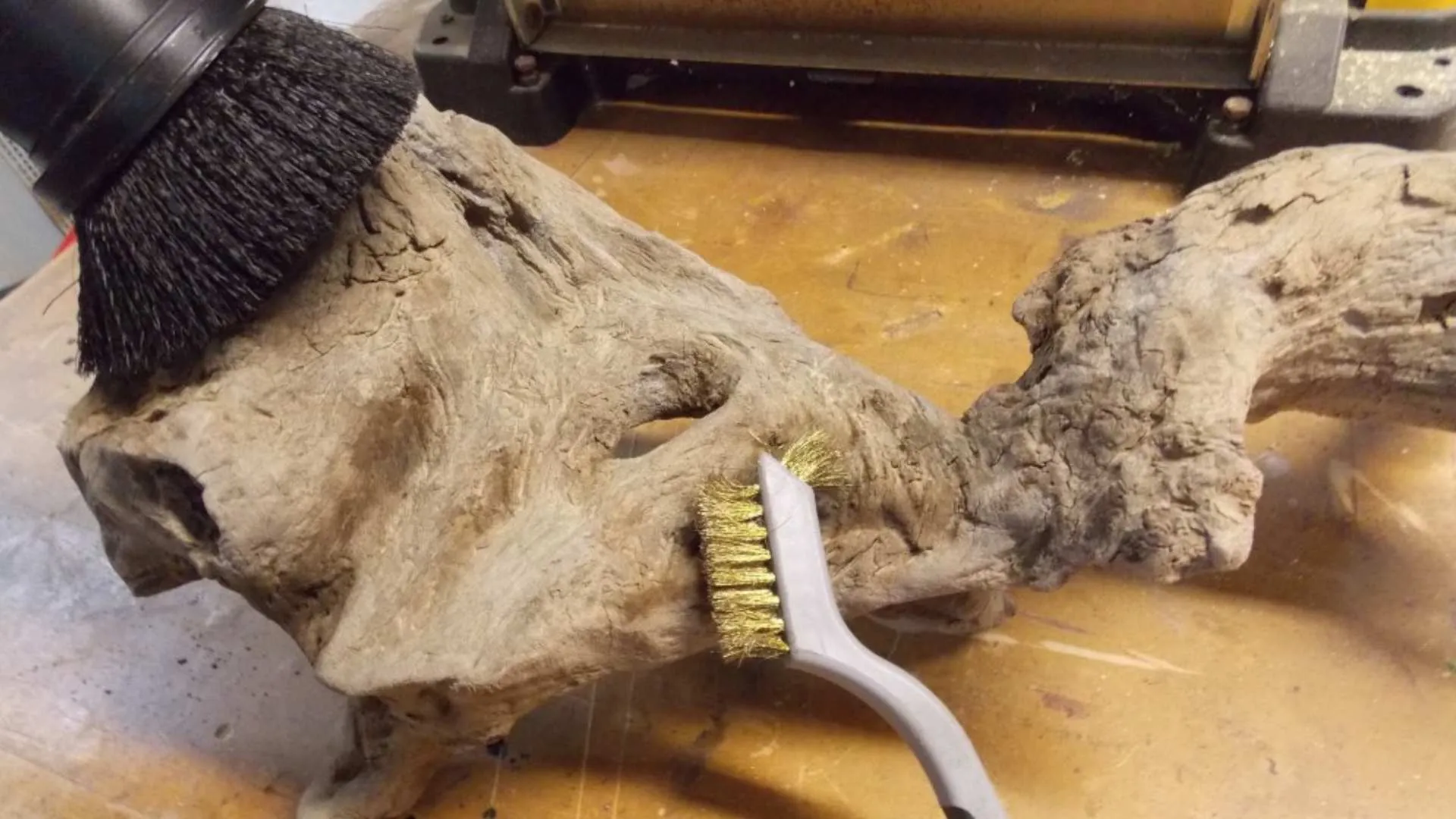
Cleaning and Sanding
Maintaining the color integrity of driftwood involves proper cleaning and sanding. This process helps remove impurities and prepares the surface for preservation.
Sealants and Finishes
Applying sealants and finishes helps protect driftwood from environmental factors that may alter its color. These treatments also enhance the wood's natural hues.
Display Considerations
Choosing the right display location is crucial. Avoiding direct sunlight and extreme weather conditions ensures that the driftwood retains its original colors for an extended period.
DIY Driftwood Coloring Techniques
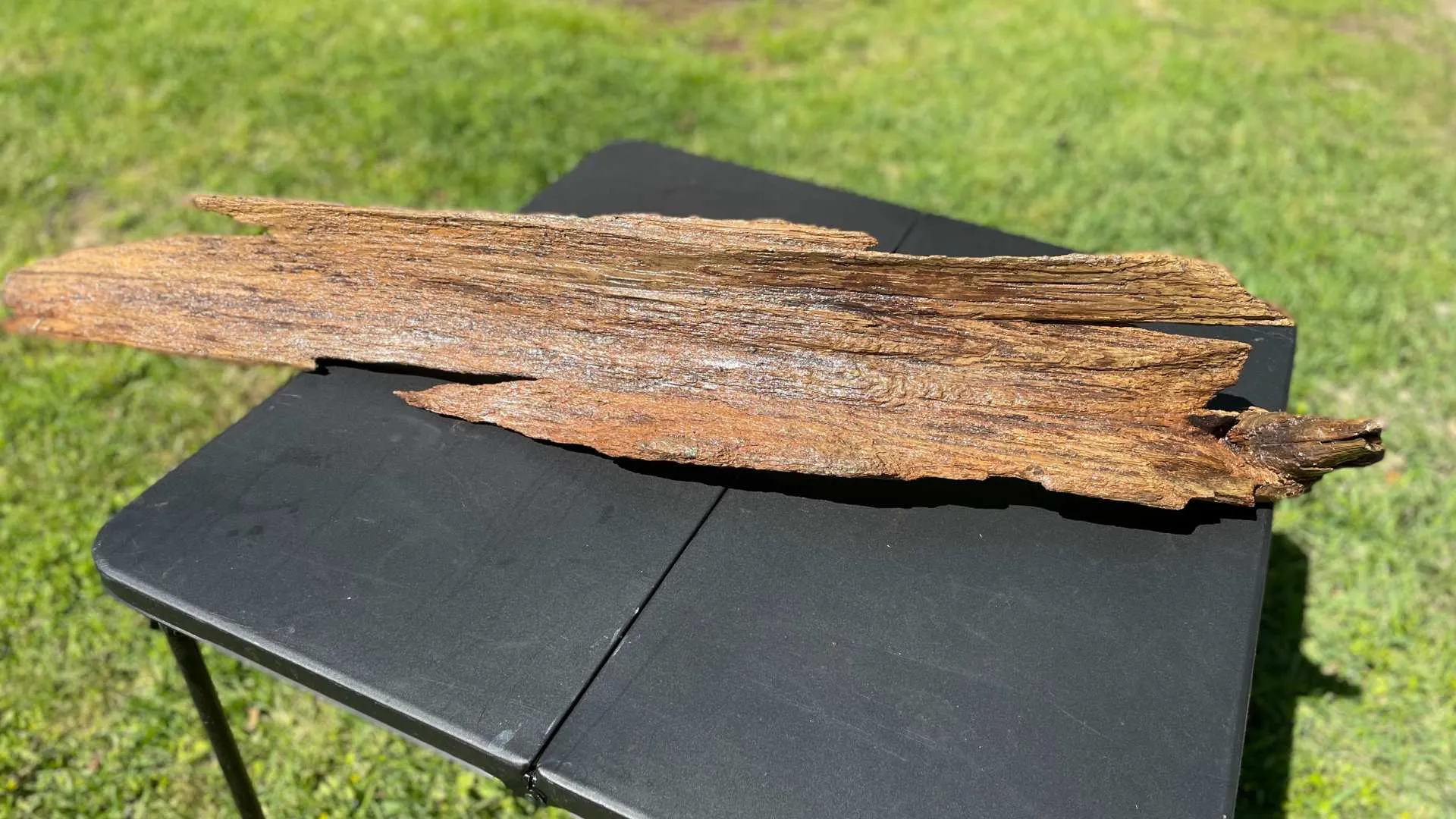
Staining and Painting
DIY enthusiasts can explore staining and painting techniques to customize the color of driftwood. This allows for personalization and the creation of unique decor pieces.
Natural Dyeing Methods
Using natural dyes, like tea or coffee, offers an eco-friendly way to add color to driftwood. These methods provide a subtle and organic appearance.
Creative Approaches
Experimenting with creative approaches, such as combining driftwood with other materials or incorporating lighting, can yield innovative and visually stunning color effects, offering unique ideas for driftwood decor.
Driftwood in Coastal Environments
Collection and Conservation
Searching for the best place to find driftwood involves considering both environmental responsibility and the preservation of delicate ecosystems. Engaging in responsible collection practices is crucial when gathering driftwood from coastal areas. Conservation efforts play a vital role in safeguarding these natural treasures and ensuring the sustainability of ecosystems. It is essential to be mindful of the impact of driftwood collection on the environment and to seek out locations where driftwood is available without causing harm to the delicate balance of coastal ecosystems.
Ecological Impact
Understanding the ecological impact of driftwood collection ensures sustainable practices. Balancing the aesthetic appeal with environmental responsibility is essential for coastal ecosystems.
Regulations and Guidelines
Many coastal areas have regulations for collecting driftwoods. Adhering to these guidelines helps preserve the natural beauty of these environments for future generations.
Conclusion
Driftwood, with its myriad of colors, tells a story of resilience and adaptation. From the shores of oceans to artistic creations, its hues captivate and inspire. Whether in its natural state or creatively enhanced, the colors of driftwood continue to leave an indelible mark on our appreciation of nature's artistry.
ARE YOU INTERESTED IN DRIFTWOOD DECOR?
If you have projects that need driftwood ideas, don't hesitate to contact us.
© 2023 DB Texas Driftwood Artists
